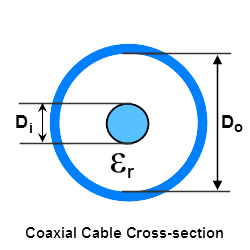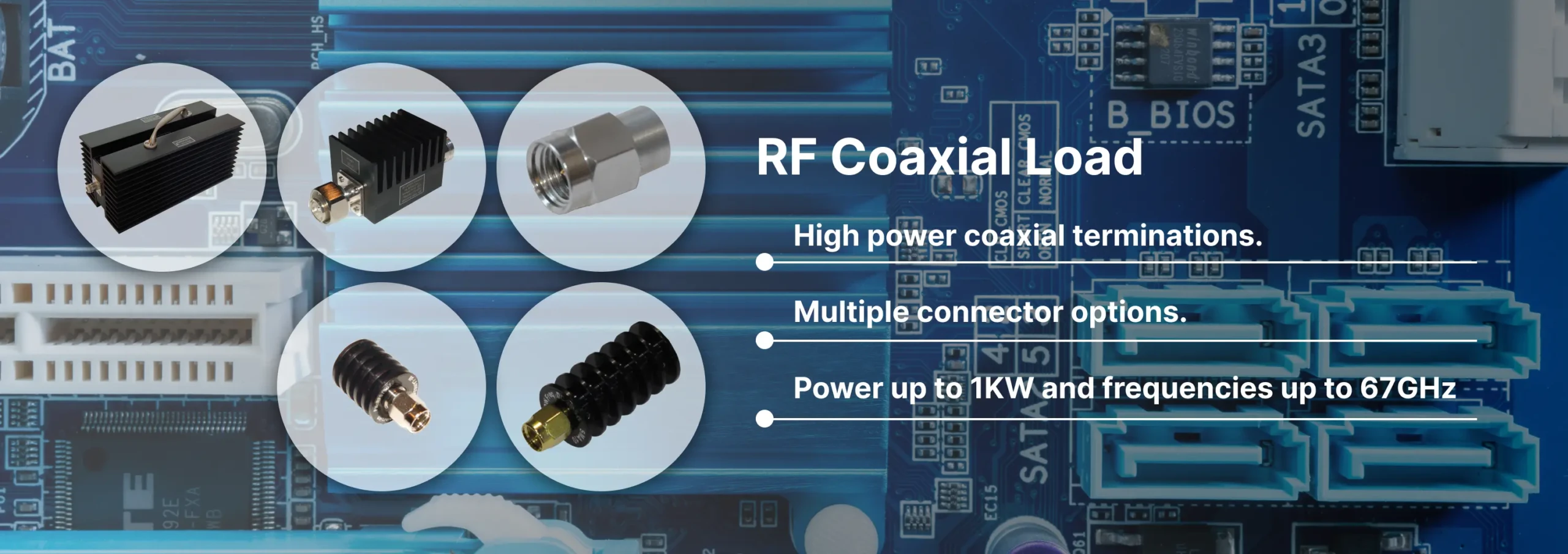by Angela
Share

In the world of RF and microwave engineering, accuracy is everything. One miscalculation can lead to signal degradation, design inefficiencies, or increased production costs. That’s where a coaxial line calculator becomes a vital asset in any engineer’s toolkit.
What Is a Coaxial Line Calculator?
A coaxial line calculator is a precision engineering tool used to determine key parameters such as characteristic impedance, capacitance, inductance, and attenuation in coaxial cable designs. By allowing engineers to input specific physical and material properties of cables, it simplifies complex calculations and improves the accuracy of transmission line designs.
How It Enhances RF Design Accuracy
-
Precise Impedance Matching
Achieve optimal signal flow by calculating accurate characteristic impedance values, especially critical for high-frequency systems. -
Loss Optimization
Quickly estimate attenuation to identify potential signal loss and adjust design accordingly—essential for long-distance and 5G communication. -
Reliable Unit Conversions
Avoid errors with automatic unit normalization, ensuring consistent input-output calculations. -
Efficient Prototyping
Save time during the design phase and reduce material waste through accurate virtual simulations.
Advanced Features That Matter
Many modern calculators go beyond basics by offering:
-
Coaxial line loss calculators
-
Data visualization tools (charts, frequency response graphs)
-
Support for dielectric material selection
-
Customization for various connector types
These capabilities are especially useful in environments like 5G base station deployments and data center infrastructure, where multiple frequency bands and high reliability are required.
Real-World Applications
From telecom to aerospace, the coaxial line calculator has become indispensable. In 5G network design, engineers use these tools to create transmission lines capable of operating across multiple GHz bands with minimal signal degradation. It ensures higher throughput and wider coverage.
Why RF Designers Trust Reach-line
At Reach-line, we understand the importance of high-precision tools and components in coaxial system design. That’s why we offer not only expert guidance but also a wide range of precision RF, microwave, and mmWave components, including:
✅ Precision Coaxial Cable Assemblies
✅ High-Frequency RF Connectors & Adapters
✅ Custom solutions designed to meet your exact performance needs
Whether you’re optimizing for 5G, satellite systems, or lab test environments—Reach-line is your trusted partner in RF precision.
Ready to bring precision into your cable design process?
Explore our RF solutions and let us help you build the future of high-frequency communication.
📩 Contact us today or explore our products online.
STAY IN FOR MORE NEWS
Subscribe to our free newsletter.
Discover Reach-Line’s precision RF and microwave terminations covering DC to 110 GHz and power levels 1 W to 1000 W. Reliable, low VSWR solutions for 5G, satellite, and lab applications.
Reach-Line offers high-frequency cable assemblies, fixed attenuators, and precision terminations. Partner for engineering support, rapid prototyping, and global logistics.
In the realm of high-frequency applications, the SMA (SubMiniature version A) connector stands out as a compact yet powerful component. Developed in the 1960s, SMA connectors are designed for applications up to 18 GHz, with some precision versions extending to 26.5 GHz.
Reach-Line fixed attenuators cover DC to 110 GHz and 1 W to 1000 W. Fine-tune signals, protect components, and ensure repeatable tests in demanding RF applications.





